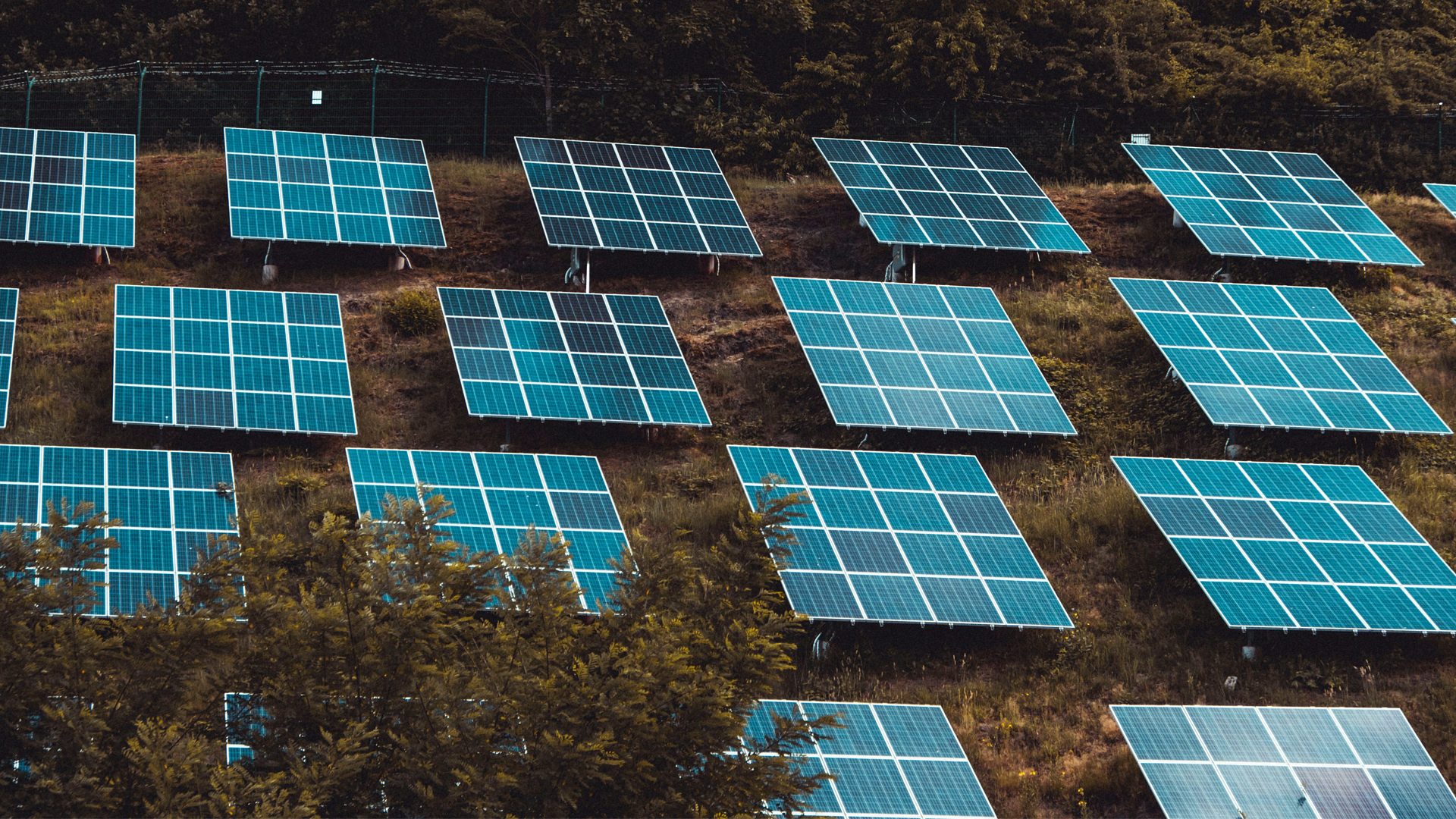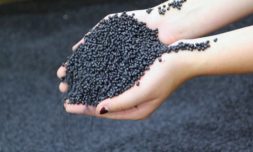A start-up called Leap Photovoltaic has reportedly slashed the cost of developing solar technology in half. Could this help the overall supply chain to grow?
Over the coming weeks at COP26, crunch talks of how we can phase out fossil fuels and bring about more renewable energy will be had.
During a live interview with The Economist last month, climate expert Oliver Morton paid particular attention to solar power and its potential to drive national energy emissions down in a big way.
Despite a recent surge in its use, however, solar continues to make up just 3% of the world’s electricity and studies suggest that number will likely need to reach 60% to prevent stark global warming within this century.
So, what exactly is preventing more industries from harnessing the sun’s power?
An expensive supply chain
While solar panels are largely deemed a positive investment, lasting for upwards of 25 years and providing cheaper electricity than coal and gas, manufacturing the technology is anything but cheap.
This is attributed to one stubborn component called silicon wafers, which are constantly bottlenecking supply lines across the globe.
Making up 95% of all solar panels on the market today, these wafers are the essential component to actually generate power. Without them, you’re looking at a sheet of anti-reflective glass and a bunch of pointless wires.
Under direct sunlight, the electrons within silicon wafers are knocked loose and transform them into semiconductors.
It’s problematic then that over the past year, the price of silicon has jumped from $5 per kilogram to $30. The knock on effect of this means only a handful of factories are now making the material on a mass scale for import.
US companies who have the means to buy in bulk have also been forced to ignore supply chains in China – with the nation’s Department of Labour citing human rights abuses and forced labour connected to the Uyghur Muslim community and polysilicon.
Effective (and important) as solar power may be, its momentum is constantly stunted by this overreliance on silicon wafers.




















